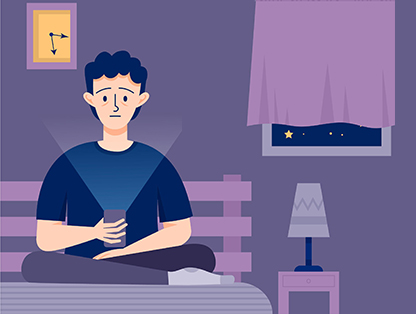Why do we seek thrills?
Few of us dare to jump with a parachute, but most people would not refuse to watch a gripping thriller or a heart-wrenching melodrama. In both cases, we experience thrills. We constantly seek these sensations even in romantic relationships, because this is how our brain works. The human brain craves stimulation, not calm. Intense emotional experiences trigger complex chemical reactions in the body, as a result of which hormones such as dopamine, endorphin, serotonin and testosterone are released.
These hormones allow us to achieve our goals, experience happiness and satisfaction, fall in love, participate in competitions and even perform extraordinary feats. Without these qualities, humanity would not have been able to make many discoveries and would have remained in the “stone” age. A person would become like a robot with a permanently discharged battery - apathy, depression and lack of energy would become his constant companions.
Why is the propensity to take risks different for everyone? After all, not everyone likes gambling, dangerous races or extreme sports. It's all about the average level of the above-mentioned hormones in the body, which varies from person to person. Research confirms that people with a high level of dopamine receptors are more prone to risk. That's why for some it is enough to watch a thriller or play a video game, while others need real danger. Excessive craving for new sensations increases your chances of breaking the law, cheating on your spouse or other immoral acts.
Zuckerman’s Sensation Seeking Scale
In 1964, at the University of Delaware, a group of scientists led by Marvin Zuckerman developed a scale to assess the desire for new sensations. Despite its age, this tool is still used to assess antisocial behavior, neuroticism and risk propensity.
Presented here is the most recent version of the Sensation Seeking Scale SSS-V (1978) for adults, which includes four main scales: Disinhibition, Boredom Susceptibility, Thrill and Adventure Seeking, and Experience Seeking.
References
Zuckerman M, Kolin EA, Price L, Zoob I. Development of a sensation-seeking scale. Journal of Consulting Psychology. 1964; 28(6),477–482.
Zuckerman M, Eysenck S, Eysenck HJ. Sensation seeking in England and America: cross-cultural, age, and sex comparisons. J Consult Clin Psychol. 1978; 46(1):139-149.
Disclaimer
This test is developed strictly for educational purposes; its descriptions, questions, or results should not be interpreted as professional advice.















